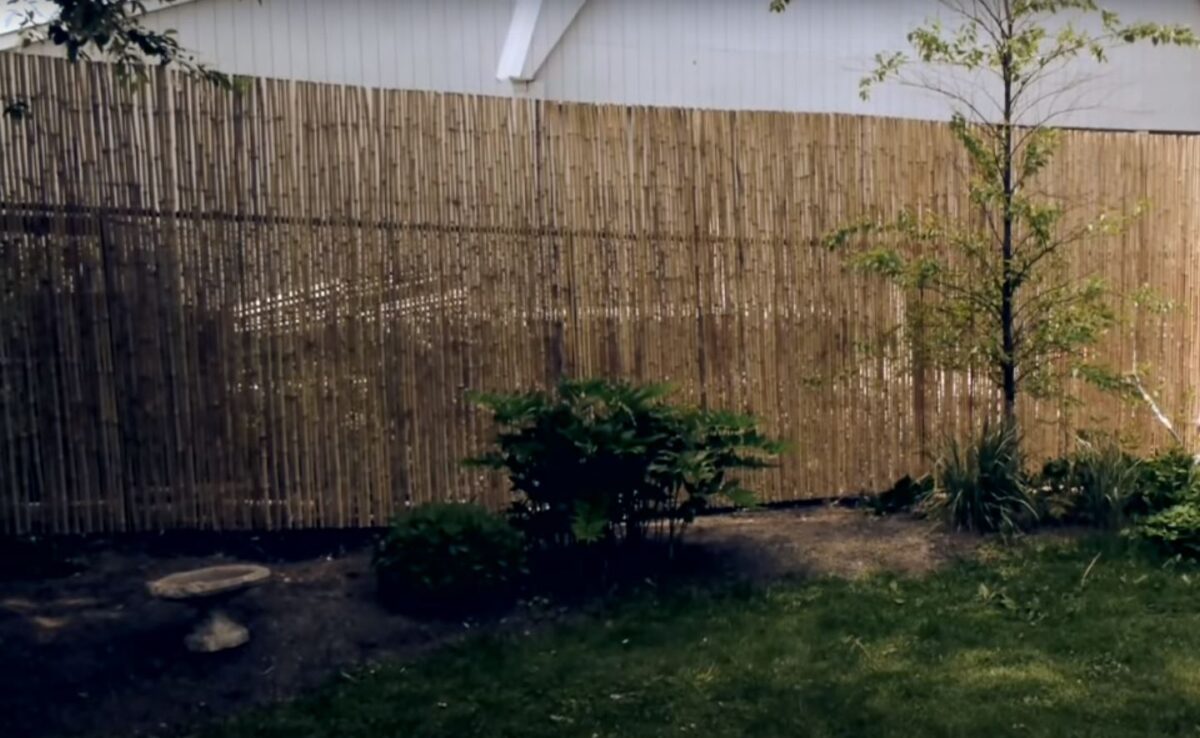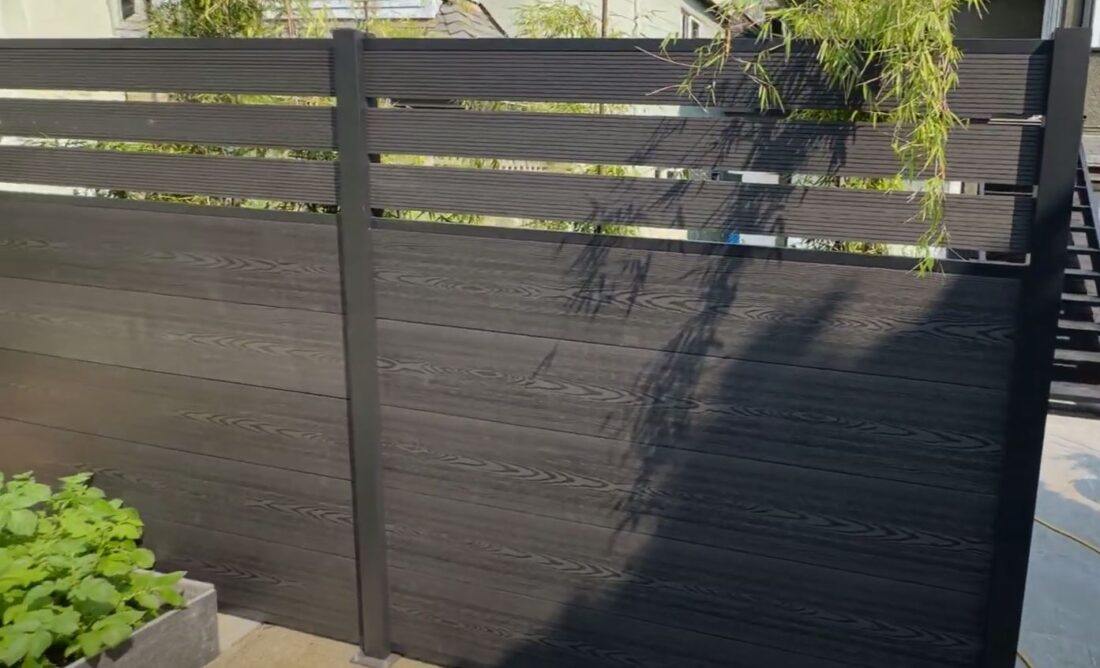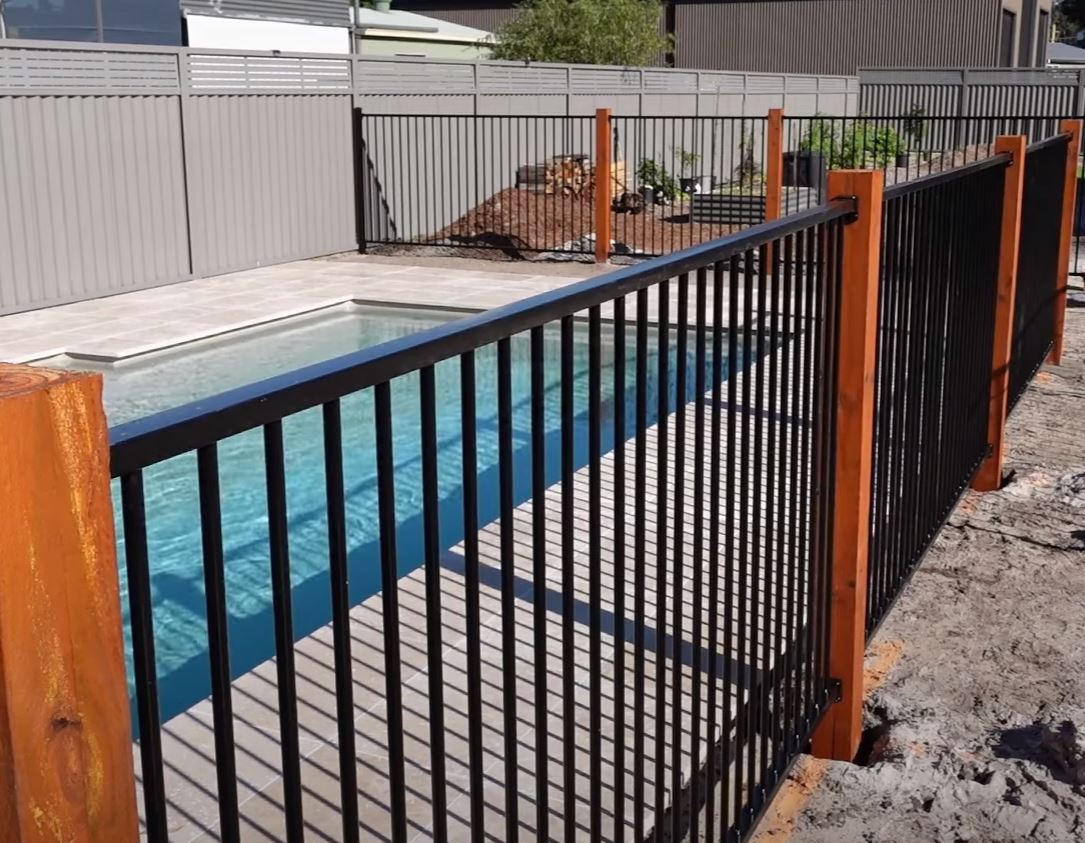In the bustling heart of Auckland, homeowners are becoming increasingly conscious of their environmental footprint, seeking sustainable solutions in every aspect of their lives. One such area garnering attention is fencing. Traditionally, fences were purely functional, demarcating boundaries and ensuring privacy. But today, with an increased emphasis on eco-friendliness and sustainability, Aucklanders are keen to discover greener alternatives. In this comprehensive guide, we delve into the myriad of eco-friendly fencing options available in the City of Sails, weighing their pros, cons, and everything in between. Whether you’re a seasoned local or a newcomer to this vibrant city, join us as we explore the green horizons of fencing in Auckland.
Bamboo Fencing:
Touted as one of the most sustainable materials on the planet, bamboo grows rapidly, requiring little to no pesticides.
- Pros:
-
- Fast-growing resource.
- Durable and robust.
- Unique aesthetic appeal.
- Cons:
-
- Requires periodic maintenance to avoid rotting.
- Can be pricier than traditional wood.
Recycled Plastic Fencing:
Taking advantage of the plastic waste problem, several companies have transformed recycled plastic into attractive, durable fencing.
- Pros:
-
- Doesn’t rot or need paint.
- Resistant to pests.
- Long lifespan.
- Cons:
-
- Can be more expensive upfront.
- Limited design options.
Reclaimed Wood Fencing:
In suburbs like Ponsonby, where vintage aesthetics hold value, reclaimed wood from old buildings or barns can be a trendy choice.
- Pros:
-
- Vintage, rustic appeal.
- Reduces demand for virgin wood.
- Often more robust than new wood due to age and previous treatments.
- Cons:
-
- Can be more challenging to source.
- Requires treatment to repel pests.
Living Fences:
Popular in Remuera for its lush appearance, a living fence or hedge can act as a natural barrier while also benefiting the environment.
- Pros:
-
- Filters and purifies the air.
- Habitats for local wildlife.
- Natural aesthetic.
- Cons:
-
- Takes time to grow.
- Requires regular maintenance and trimming.
Health and Safety Considerations:
Regardless of your chosen fence material, Auckland regulations mandate certain height and boundary restrictions for fencing. Always ensure that your eco-friendly fence does not obstruct road views, potentially causing safety hazards.
Summary Comparison Table:
| Fencing Type | Pros | Cons |
| Bamboo | Fast growth, durable, unique look. | Needs maintenance, slightly pricier. |
| Recycled Plastic | Long-lasting, pest-resistant, no paint required. | Higher upfront cost, limited designs. |
| Reclaimed Wood | Vintage look, eco-friendly, robust. | Scarce availability, requires pest treatments. |
| Living Fences | Air purification, wildlife habitat, natural look. | Takes time to grow, needs consistent maintenance. |
For those in Auckland seeking eco-friendly fencing solutions, there are a plethora of options available that combine sustainability with aesthetic appeal. From the natural charm of bamboo and reclaimed wood to the practicality of recycled plastic and living fences, residents can choose a fence that aligns with their environmental values without compromising on style or durability.
Additionally, Aucklanders should remain mindful of local health and safety regulations to ensure their fencing choices not only benefit the planet but also comply with regional standards. With these considerations in mind, turning to local expert fence builders such as Quality Fencing Auckland ensures your fence is constructed with care, precision, and a dedication to eco-friendly practices.
Frequently Asked Questions on Eco-Friendly Fencing in Auckland
How do eco-friendly fences fare against traditional options in terms of durability?
While materials like bamboo and reclaimed wood can be incredibly durable, their lifespan might vary based on maintenance and environmental conditions. Recycled plastic fences, however, tend to outlast traditional wood fences with proper care.
Do living fences require more maintenance than other options?
Yes, living fences, such as hedges, need regular trimming and care to maintain their appearance and health. They may also need protection against pests or diseases that can affect plants.
Is sourcing reclaimed wood for fencing easy in Auckland?
It can be a bit challenging to find high-quality reclaimed wood, especially in specific suburbs like Ponsonby. However, the effort can be well worth the unique aesthetic and environmental benefits it offers.
Are there specific health and safety considerations for bamboo fences?
Like any fencing material, bamboo should be installed securely to avoid any hazards. Also, ensuring that it doesn’t become a home for pests or start rotting is vital for the safety and longevity of the fence.
How do recycled plastic fences handle Auckland’s weather conditions?
Recycled plastic fences are highly resilient against various weather conditions, including the humid and rainy climate of Auckland. They don’t warp or rot, making them an excellent option for long-term fencing solutions.
Can I combine different eco-friendly materials for a unique fence design?
Absolutely! Combining materials, like bamboo with reclaimed wood or integrating a living fence section, can create a unique and functional design. Consulting with a local expert, like Quality Fencing Auckland, can help in getting a customised solution.
Are there any Auckland-specific regulations for installing eco-friendly fences?
The primary considerations in Auckland relate to fence height and boundary restrictions. Always check with local regulations to ensure compliance, especially if you’re considering taller living fences or unique designs.
Key Takeaways on Eco-Friendly Fencing in Auckland
Material Choices: Auckland offers a range of sustainable fencing materials, including bamboo, recycled plastic, reclaimed wood, and living fences.
Durability: While eco-friendly options like bamboo and reclaimed wood offer durability, their longevity can vary based on maintenance. Recycled plastic often outlasts traditional fencing materials.
Maintenance Needs: Living fences demand more regular upkeep compared to other eco-friendly alternatives, whereas recycled plastic requires minimal care.
Local Sourcing: Finding high-quality reclaimed wood can be challenging in specific Auckland suburbs, but its unique aesthetics make the effort worthwhile.
Safety Considerations: All fencing types, including bamboo, should adhere to health and safety standards, ensuring they’re installed securely and maintained to avoid hazards.
Weather Resilience: Recycled plastic fencing stands strong against Auckland’s humid and rainy climate, resisting warping and rotting.
Customisation: Blending different eco-friendly materials can result in unique fence designs, providing both functionality and aesthetic appeal.
Local Regulations: Aucklanders must be mindful of local fencing regulations, particularly regarding height and boundary restrictions.
Expert Consultation: Collaborating with local experts, such as Quality Fencing Auckland, ensures an efficient, compliant, and aesthetically pleasing fence installation.



